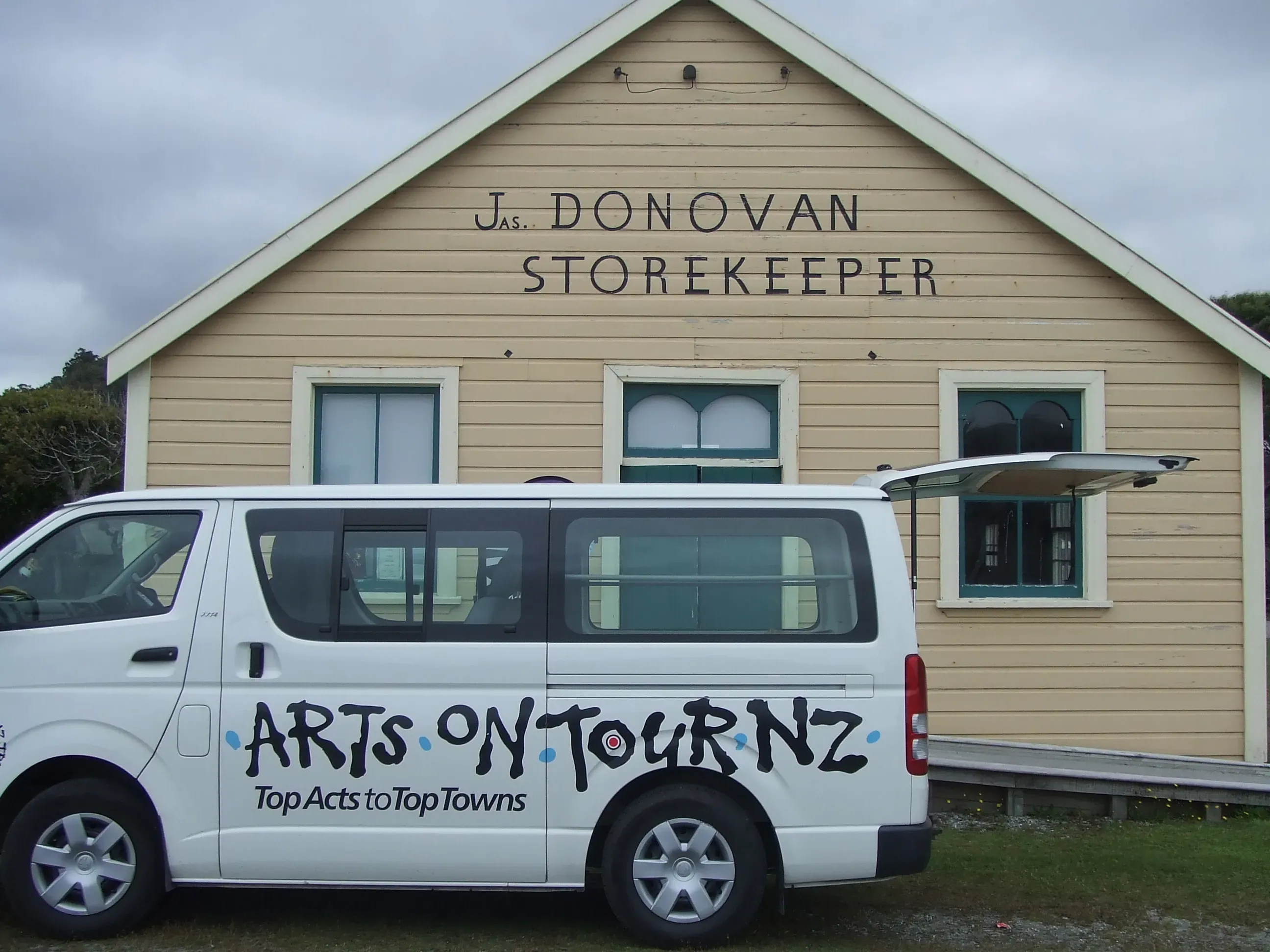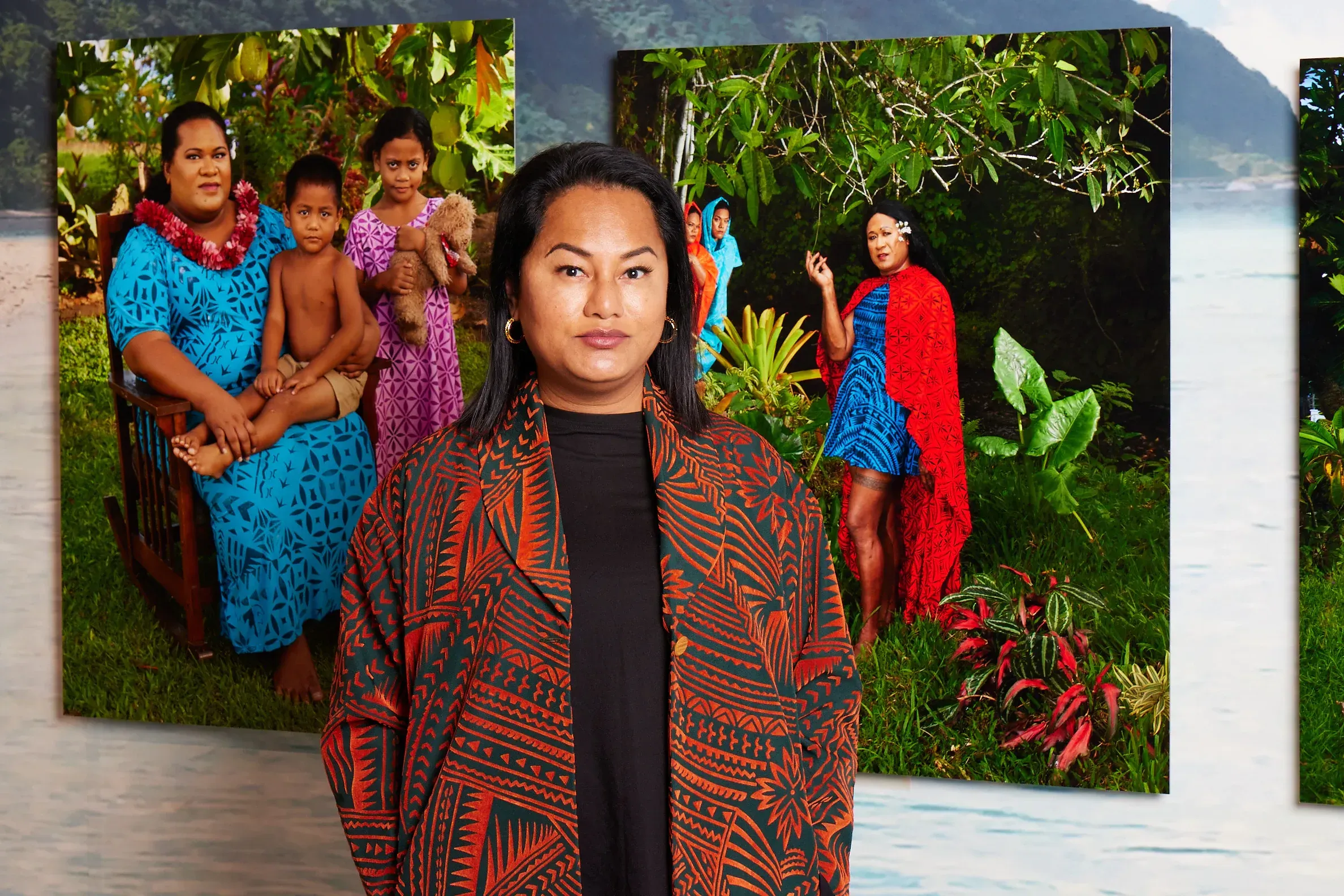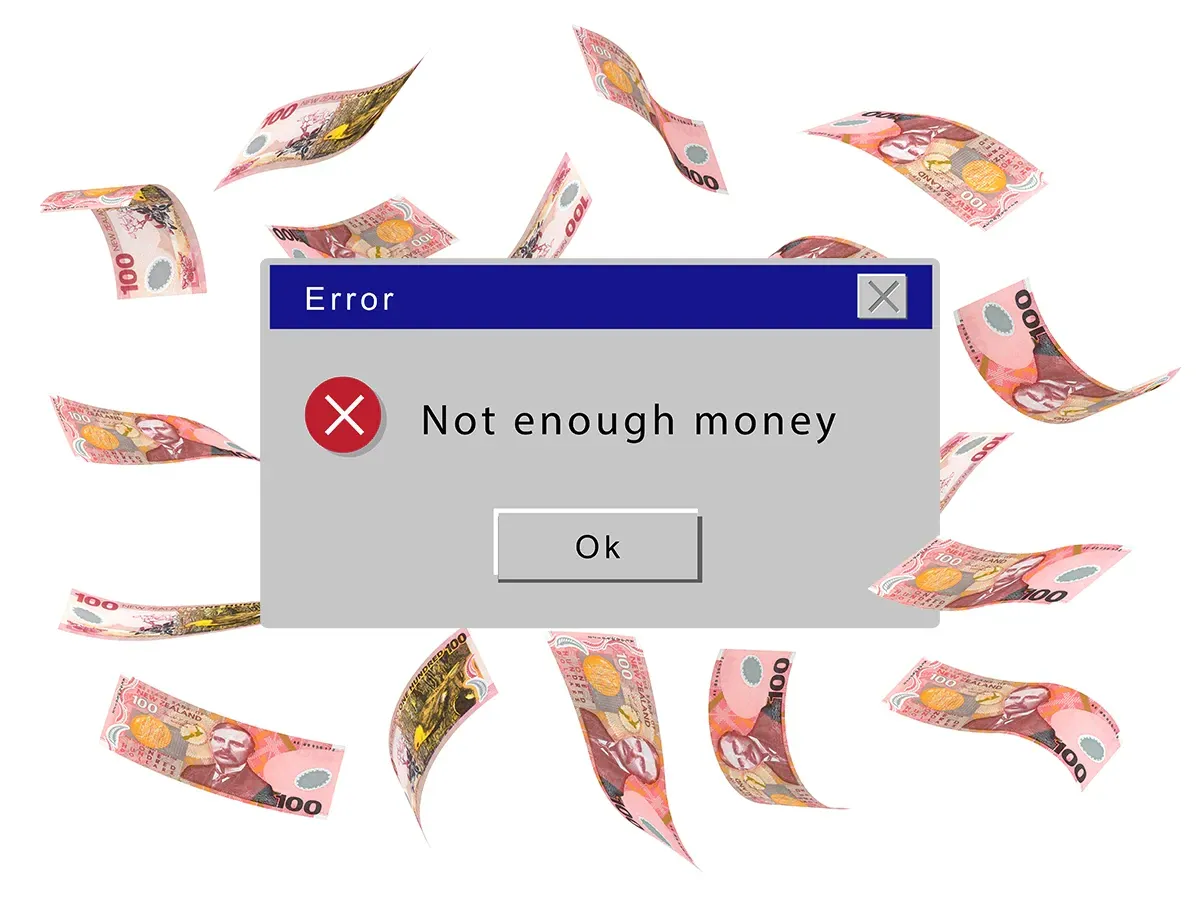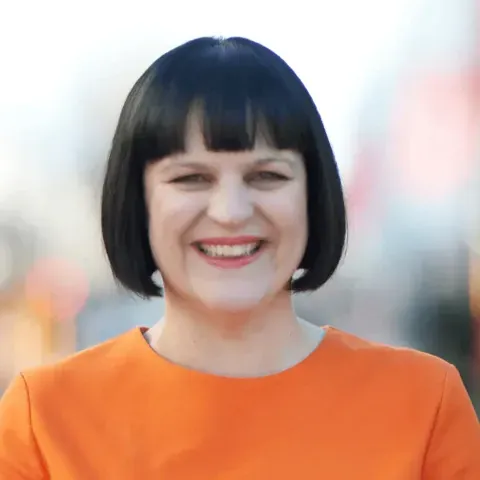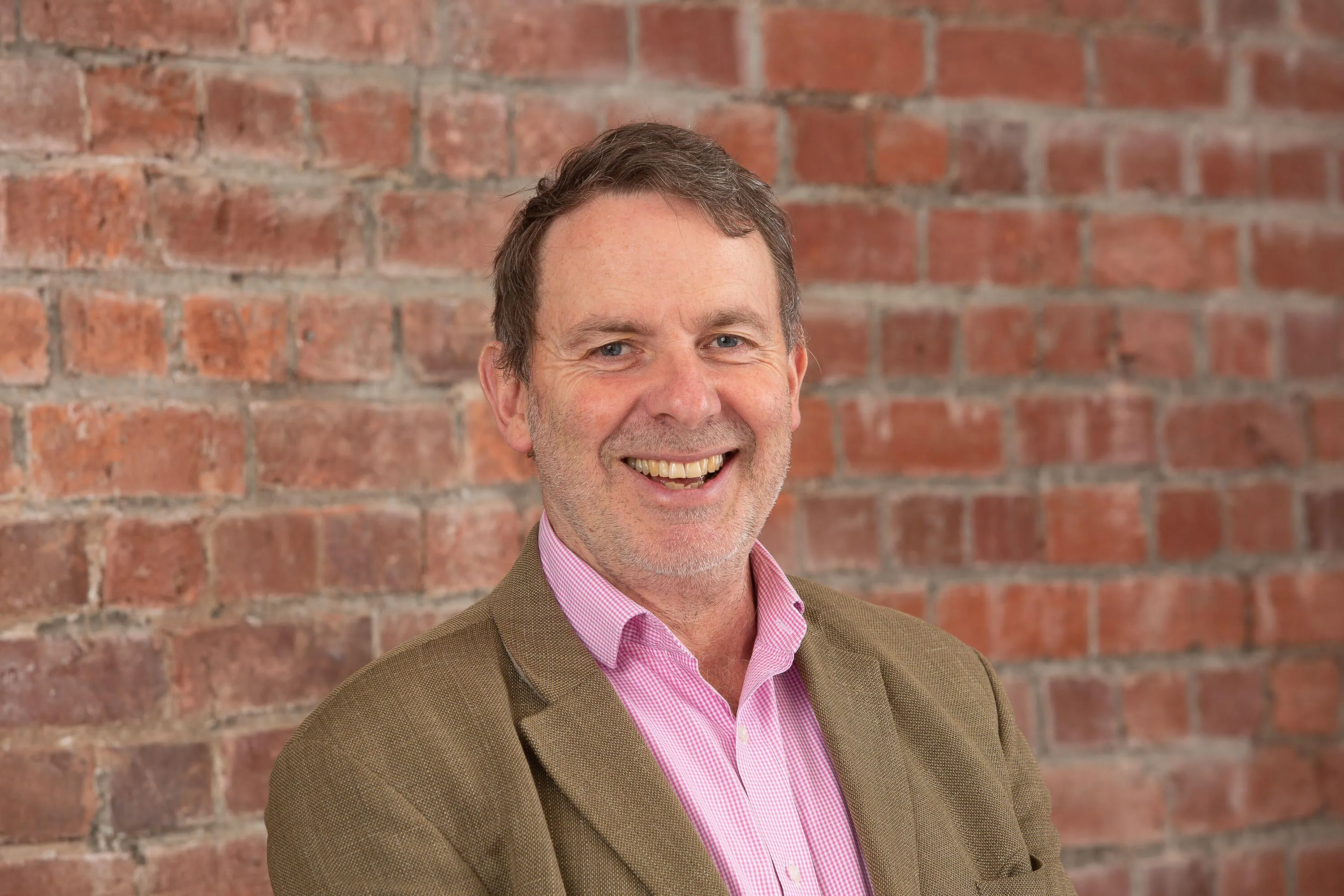"Time To Do Things Differently" - Calls for Funding Model Change Too Loud To Ignore
Written by
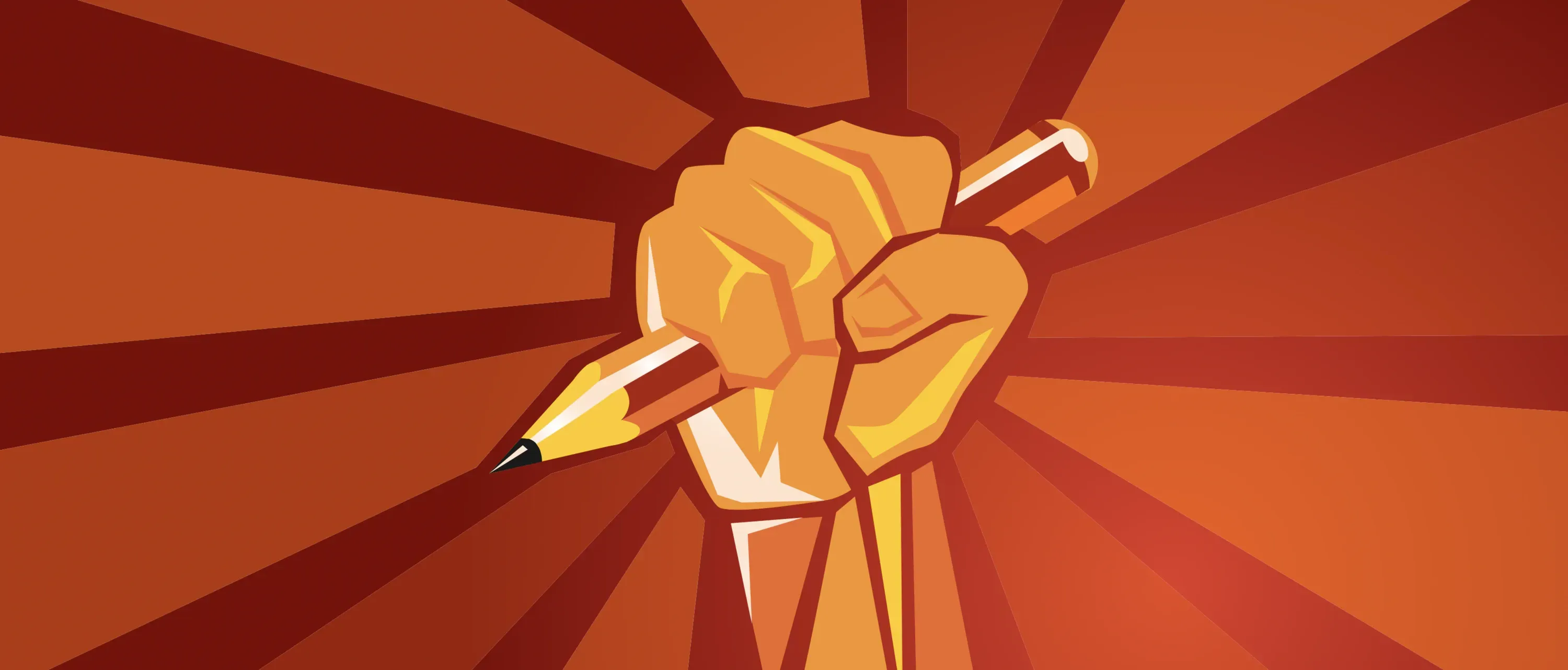
Think the funding system is broken? Hundreds of artists agree - and now Creative NZ does too.
Chief Executive Stephen Wainwright has declared “We’ve heard your call for a different approach to arts funding and agree that it’s time to do things differently.”
It comes off the back of a funding year littered with shattered confidence and broken hearts at all stages of the creative foodchain.
Interest had never been higher in a round of CNZ Arts Grants funding than on the one announced on Friday, carrying news that has a huge impact on a number of creatives through the country.
How the round breaks down
The 250 spots allocated for consideration opened up on the first Monday in October - by lunchtime on the Friday, the round was closed in record time.
Frustratingly, 11 of those applications were deemed ineligible - but in the end, 63 of the 239 were awarded grants across the three funding pools of General, Māori and Pacific.
Of the $10,521,452 requested, $2,721,121 was given the greenlight. That’s up half a million dollars on what was dished out in the first of four rounds for 2022/23 - and 11 more approved grants.
While the final number for this latest round is an improvement on its predecessor - it is essentially climbing back into line with what CNZ funded the final two arts rounds of the 2021/22 cycle. In that financial year, there were six funding rounds - this time around, there will only be four.
The breakdown of those supported has interesting stats in itself. The most backed artform was visual arts (12 grants) with Multidisciplinary (11) close behind. Craft/object (8), literature (8), music (7), theatre (6), dance (4), interarts (3), community arts (3) and Pacific Heritage Arts (1) fill out the rest of the list.
11 regions are represented - not counting national, overseas and online projects. Auckland is dominant with 35, Wellington the next best with 27, which is more than the South Island specific activities combined.
Repreive for the regions
Only three applications hit the arts grant top dollar of $75,000 - one of them being one of the highest profile casualties from the Toi Uru Kahikatea three-year fund earlier this year.
Arts on Tour New Zealand (AoTNZ) have had a slow burn level of support - unlike the maelstrom of angst that was simply labelled the ‘Shakespeare saga’ - ‘with the regions feeling the cold shoulder after the shock of their removal from the Kahikatea band of funding.
Getting the maximum may be best-case scenario, equallying three national tours to 58 rural venues - but it’s still a long drop down from the $235,000 AoTNZ received annually in 2020-22.
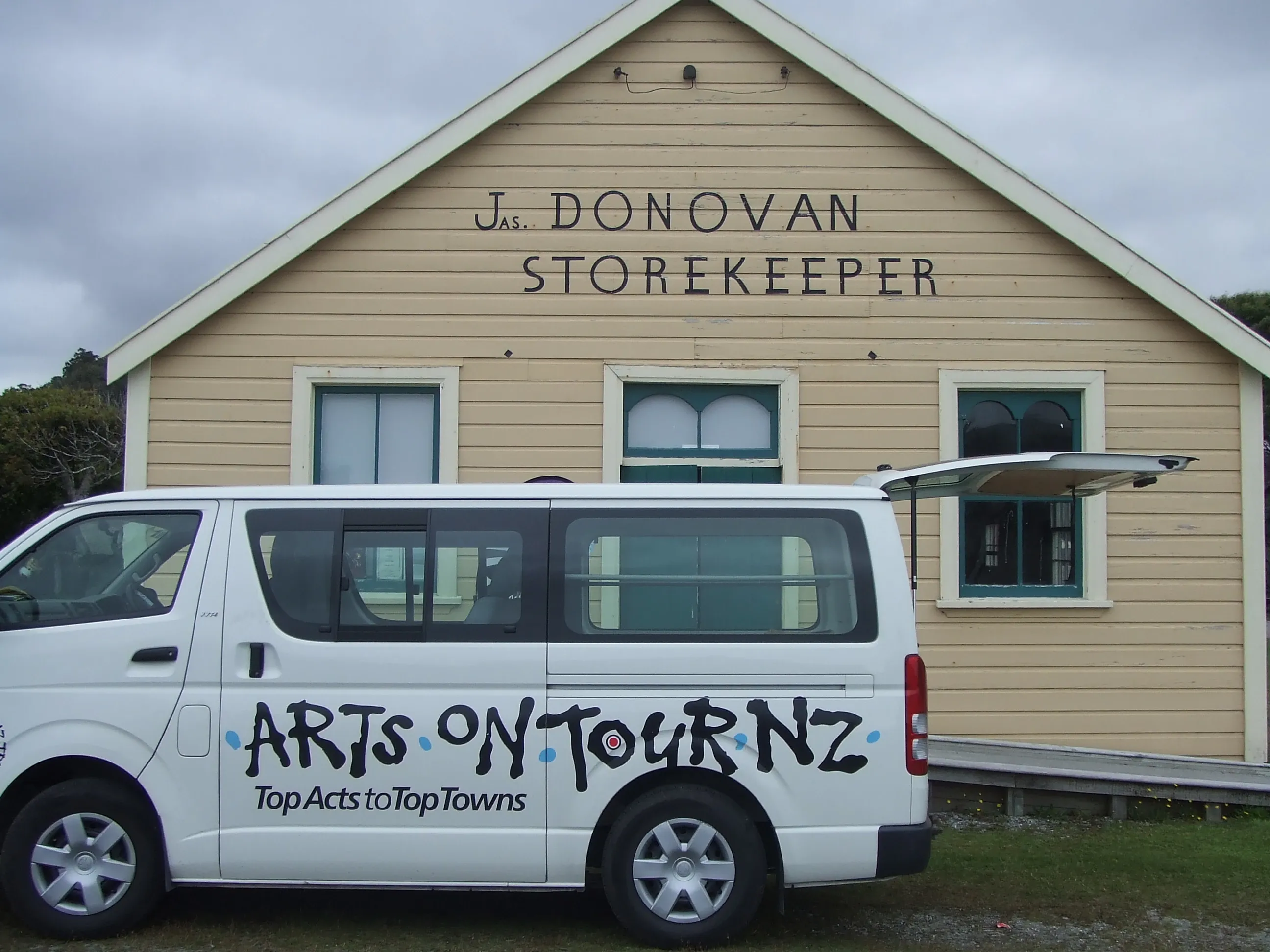
Arts on Tour setting up in Okarito. Photo: Supplied.
Artistic Director Steve Thomas told The Big Idea "2023 was to be the biggest year of our existence, with 261 events booked across 74 community agencies from Northland to Rakiura.
“For the first 9 months, we can now proceed. The rest of the programme will have to wait for the second tranche of funds for which we will apply in late January.
“Transitional funding for the first 6 months was allocated on the basis of 75% of what we would have received with Te Uru Kahikatea or $88,000.
“We will proceed on a year-by-year, somewhat hand to mouth arrangement - rather than the security of the 3 year funding cycle allowed under Kahikatea contract and hope for the best.
“In actual fact, the maximum applicable on annual grants for 2024 is $150,000 and therefore seriously limiting potential touring in 2024 and 2025 until we can apply to get back on a more secure basis.”
Aside from AoTNZ, the other top dollar grants went to Moana Fresh for professional arts practice mentoring and workshops for Moana Nui a Kiwa artists and theatre writer Ankita Singh to go towards script redevelopment and the world premiere of a new theatre show.
Under-funding frustration
Many of the 27 unsuccessful Annual Arts Grants applicants were believed to have applied for funding - some of them getting through but now suffering the also agonising frustration of under-funding.
Even a boost of $50,000 - while nothing to sniff at for many creatives - leaves budgets of $150,000 that were planned under the Annual Grant banner still in a state of disrepair. Rebudgeting and extending further into the unknown is set for further emotional exhaustion.
“A bloody mess” is how one well-placed figure described the outcome to The Big Idea.
“Under-funding to this level sets people up for failure. All it means is taking unnecessary risks – feeling forced to reduce marketing, health and safety, artist wages – all utterly corrosive.”
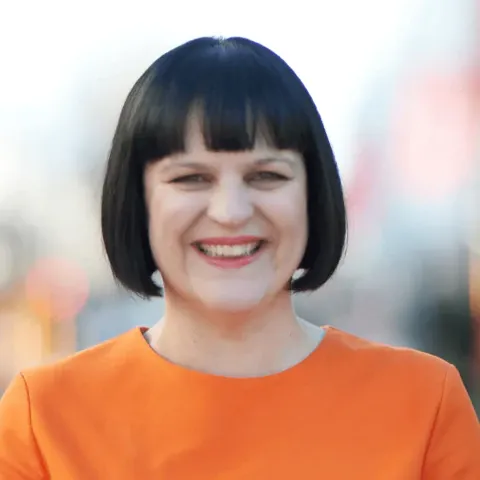
CNZ Senior Manager Arts Development Services Gretchen La Roche (above) comments, “Where we can, we try to grant successful applicants the full amount requested. However, this time, with demand being so high, and with concern for the ongoing challenges facing the arts community, many applicants won’t be funded at the level they requested.
“Taking this approach meant that we were able to spread the funding out to a further 17 applicants who would otherwise have missed out.”
The chosen few
There are some artistic heavy hitters getting support from this round too - including Ockham Book Awards Fiction winner Airini Beautrais ($24,000), Walters Prize winners Mata Aho Collective ($43,282) and Maureen Lander ($50,000) along with fellow Arts Laureates Tanu Gago ($68,430) and Yuki Kihara ($50,000), fresh from representing New Zealand at the Venice Biennale.
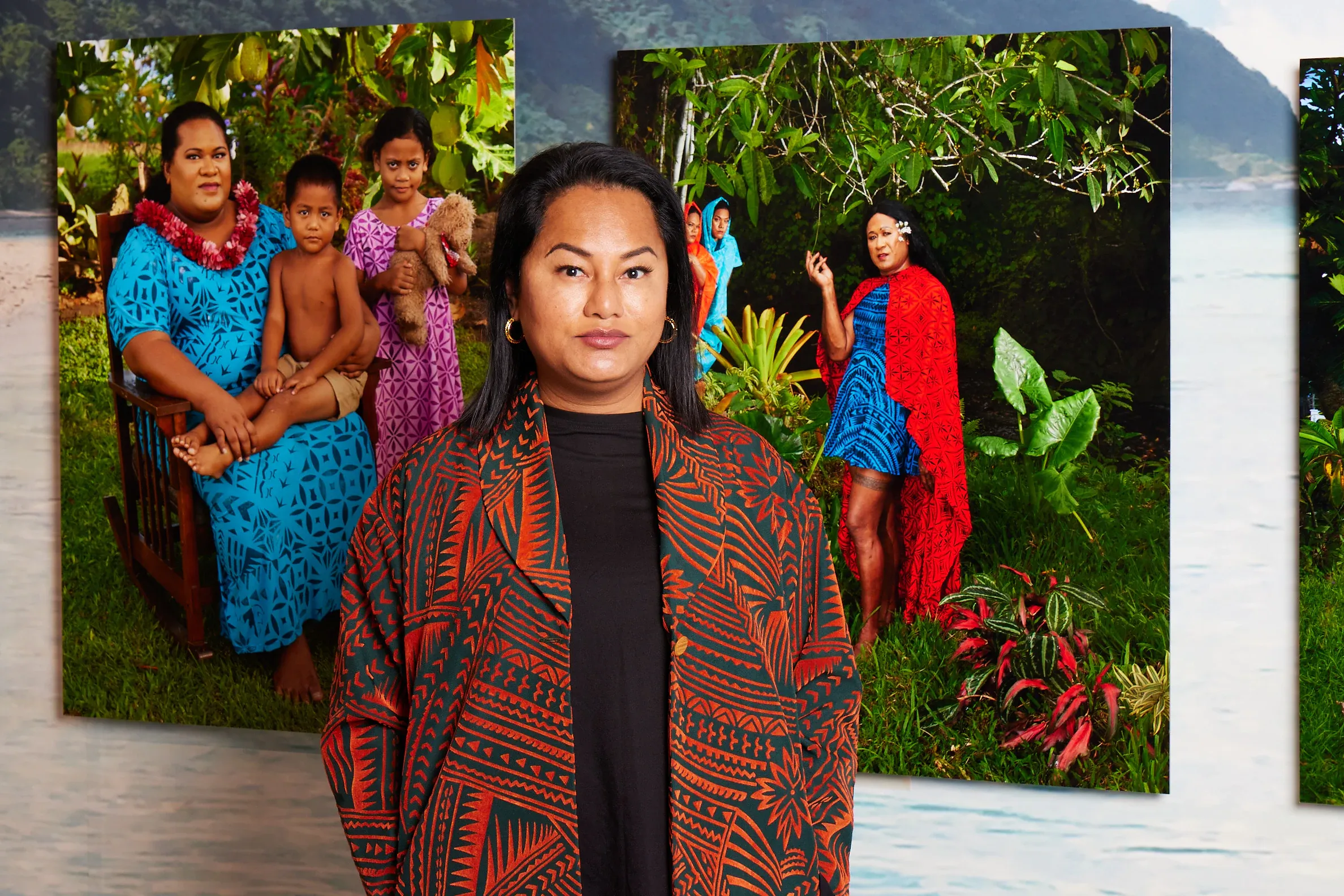
Yuki Kihara. Photo: Supplied.
Other pioneering Pasifika artists to get backing are the Pacific Sisters ($41,428) and Ema Tavola’s Vunilagi Vou ($27,000).
There appears to be a focus given to making sure Festivals that have felt cruel funding blows aren’t left entirely in the cold.
New Zealand Fringe Festival, Dunedin Fringe and CubaDupa each receive $65,000, while Featherston Booktown Karukatea Festival ($50,000) and Nelson Fringe ($25,000) make the list.
Important parts of the Aotearoa theatre jigsaw like EBKM, Nightsong, Proudly Asian Theatre, Te Rehia Theatre (all $50,000) and Q theatre ($15,000) made the cut this time around, with organisations and institutions like The Spinoff ($53,800), Otautahi Creative Spaces ($44,620), Te Koki New Zealand School of Music ($73,200) and Wairau Maori Art Gallery ($40,000) also featuring.
Reality bites
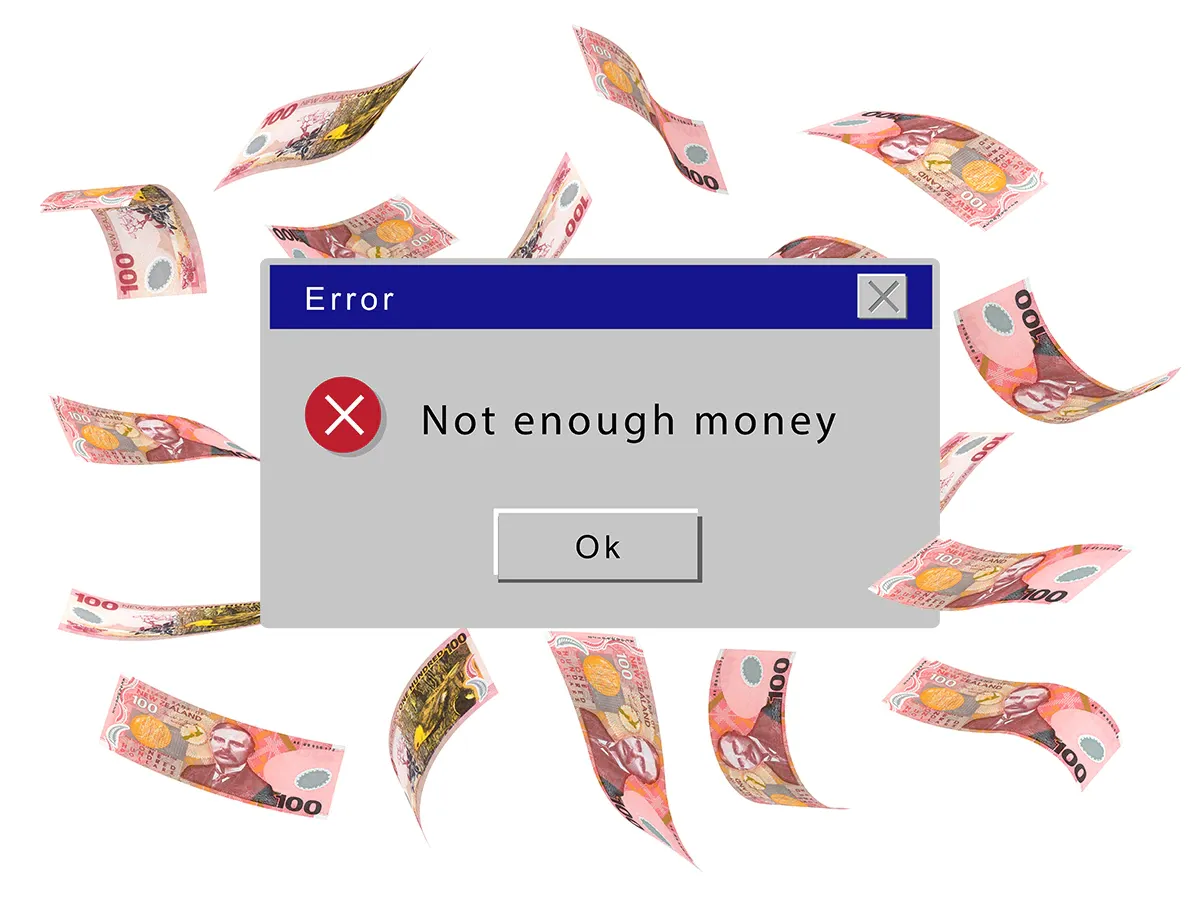
It’s important to celebrate those who were given an important boost for their mahi - but it does leave 176 rejection emails from this round alone.
That’s not taking into account those who hoped to apply but missed the rapid 250 application cutoff, those who didn’t have time to reshape their unsuccessful application from the previous arts grant round seven days before this round closed, those too emotionally beaten down to go through the gruelling process or those who just felt it inevitable they would be rejected so didn’t bother - all groups The Big Idea has heard from in the past few months.
Verb Wellington director Claire Mabey was among those who took to social media - tweeting “heart is sore for all of the incredible artists and makers who didn’t get funded this time. More money to CNZ!”
Artist and writer Hana Pera Aoake also shared their frustration of many - “it sucks that we didn't get our CNZ grant because I feel like a lot of the same people are getting 40k, but mostly because as artists we now have to compete against institutional organisations because there isn't enough ongoing arts support and funding.”
Tear it down, build it up?
This is not a new conversation - not just the lack of funds but the way CNZ makes their decisions. The frustration has been palpable and it has spilled into mainstream media, with legal challenges and petitions.
Wainwright addressed this in his most recent blog - released in time with the latest funding round.
“We understand the disappointment in the arts funding system. We know that the environment the arts community is now operating in has changed significantly and that our current funding programmes have become a source of disappointment and frustration for many of you.
“We’ve heard your call for a different approach to arts funding and agree that it’s time to do things differently.
The consequences of where we are now are awful. We’ve heard this from practitioners participating in Arts Grants who feel inadequately supported, and it’s also awful for our people who are increasingly the messengers of bad news. Historically, when we were able to support a higher proportion of funding proposals – between 1 in 3 and 1 in 4, versus 1 in 5 in the latest round – the system was ‘alright’.
“It’s not ‘alright’ now, and we’ll be coming to you in March to seek your input on co-designing a better approach to funding for 2023/24. We’ll have more detail about this in early 2023 (February).”
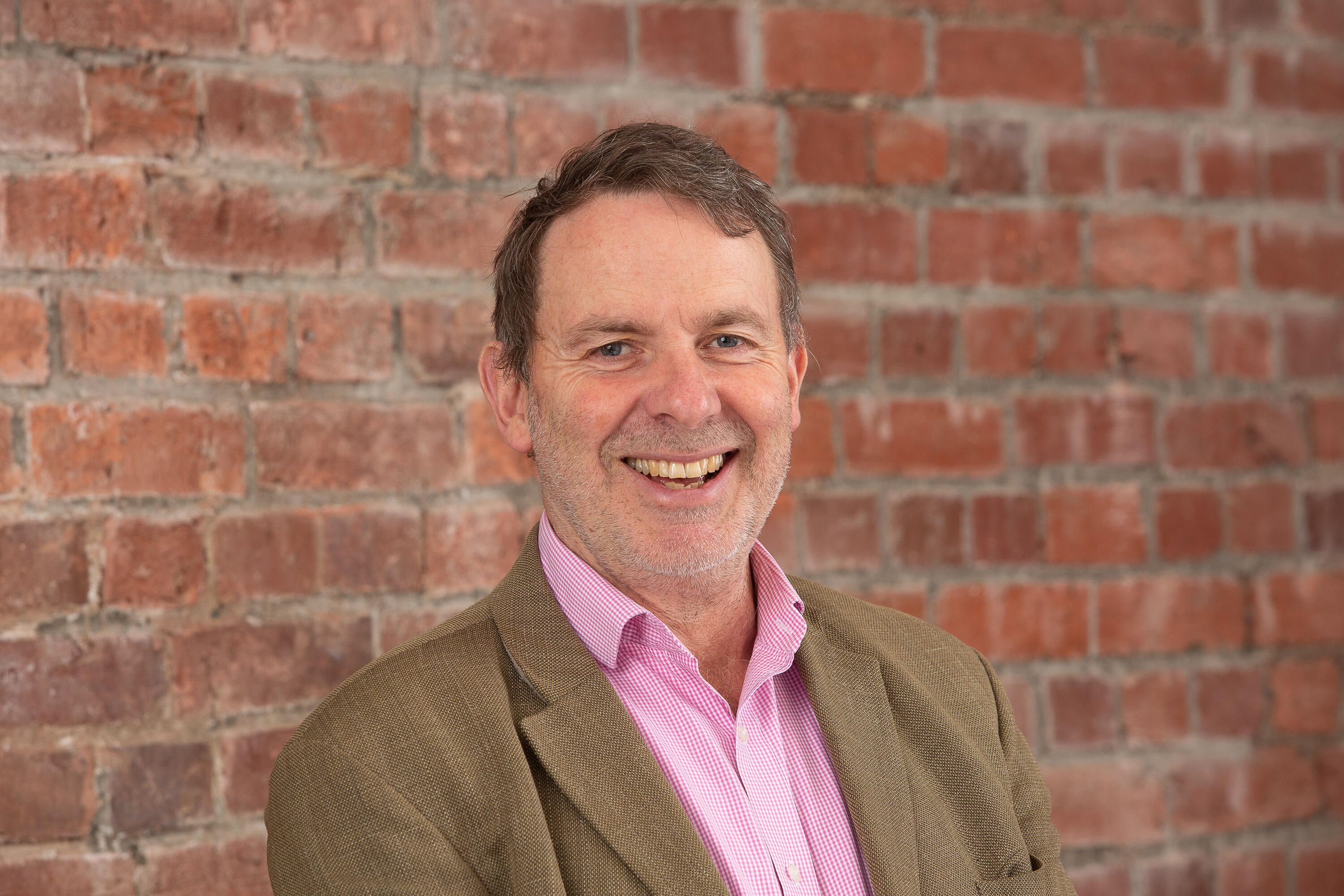
Wainwright (above) adds this direction was signed off by the Arts Council late last week. “A key part of this work will be looking to transform our relationship with the arts sector, not just redesigning our programmes. It’s important to us to co-design the ‘future island’ with those who will be living on it. We’re keen to work with you to design a better approach, one that places a greater emphasis on people and less on process.”
It’s a definite shift from steadfast defending of their funding model in the face of criticism - but the reaction from the creative community that The Big Idea has received is, so far, cautious.
“I’ll believe change when I see,” one experienced creative mused. There has been much said among creatives that good ideas for change can be buried in endless meetings and consultation periods - the proof will be in the pudding.
